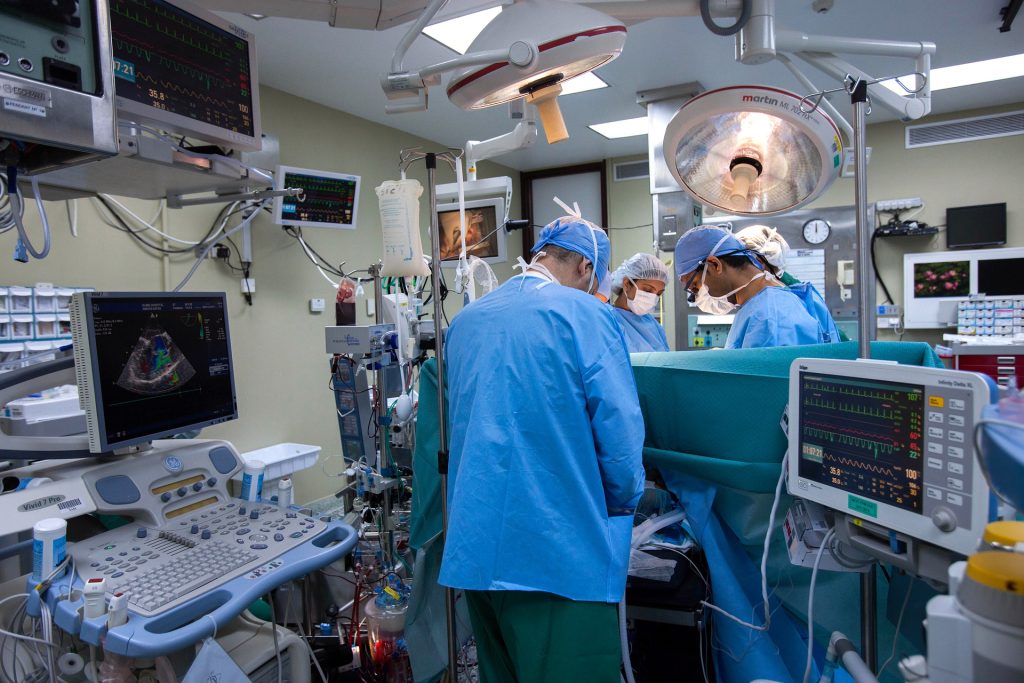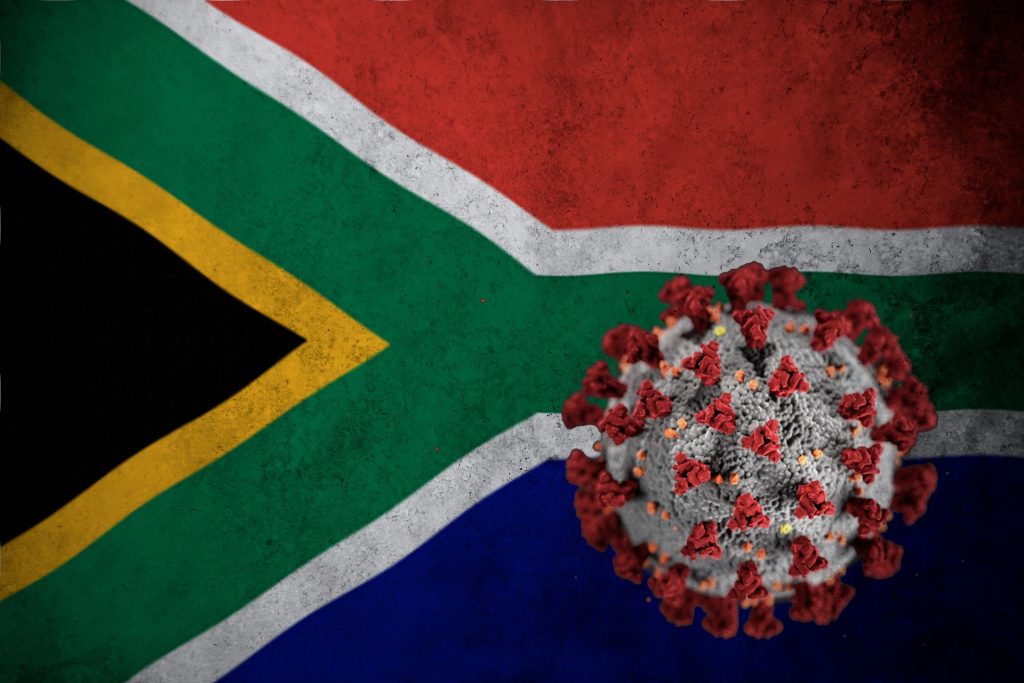Younger COVID Survivors More Likely to Recover Sense of Smell

For 4 out of every 5 COVID survivors, those who have lost sense of smell or taste have these return within six months, with those under 40 more likely to recover, according to a new study.
Among 798 respondents to an ongoing survey of people who had COVID and reported a loss of smell or taste, participants who were younger than 40 recovered their sense of smell at a higher rate than those older than 40, according to study results published in the American Journal of Otolaryngology last month.
Evan Reiter, MD, medical director of the Smell and Taste Disorders Center at Virginia Commonwealth University Health and a co-investigator on the study, said the latest data show 4 in 5 participants, regardless of age, regained their smell and taste within six months.
Insights into COVID survivors’ recovery came from symptoms experienced and pre-existing conditions they had. Those with a history of head injury were less likely to recover their sense of smell, as well as those who had shortness of breath during COVID. However, those with nasal congestion had a higher likelihood of smell recovery.
There have been more than 230 million cases of COVID worldwide, according to the World Health Organization. If estimates from the survey reflect populations worldwide, more than 20 million people could have lingering loss of smell or taste more than six months after COVID.
Previous survey results published in April showed 43% of participants reported feeling depressed and 56% reported decreased enjoyment of life in general while experiencing loss of smell or taste. The most common quality-of-life concern was reduced enjoyment of food, with 87% of respondents indicating it was an issue. An inability to smell smoke was the most common safety risk, reported by 45% of those surveyed. Loss of appetite (55%) and unintentional weight loss (37%) continue to pose challenges for patients, Prof said Professor Daniel Coelho, lead author of the study.
Smell training using essential oils could help people trying to recover their sense of smell.
“I continue to recommend that to my patients. It’s low cost and low risk,” Dr Reiter said.
The Clinical Olfactory Working Group, an international group of physicians with a strong research interest in the sense of smell, recommended the method as an option early this year. The group found that smell (olfactory) training could help foster recovery of nerve damage.
“I’d also say potentially it may get people a little bit more tuned into whatever level of function they have left so it might make them more sensitive and better able to use the remaining sensors and neurons that are working,” Dr Reiter said.
Meanwhile, researchers are in the early stages of developing an implant device to restore sense of smell, which began years before the pandemic. The device would behave much like a cochlear implant, which restores hearing for those with hearing loss.
Source: Virginia Commonwealth University










